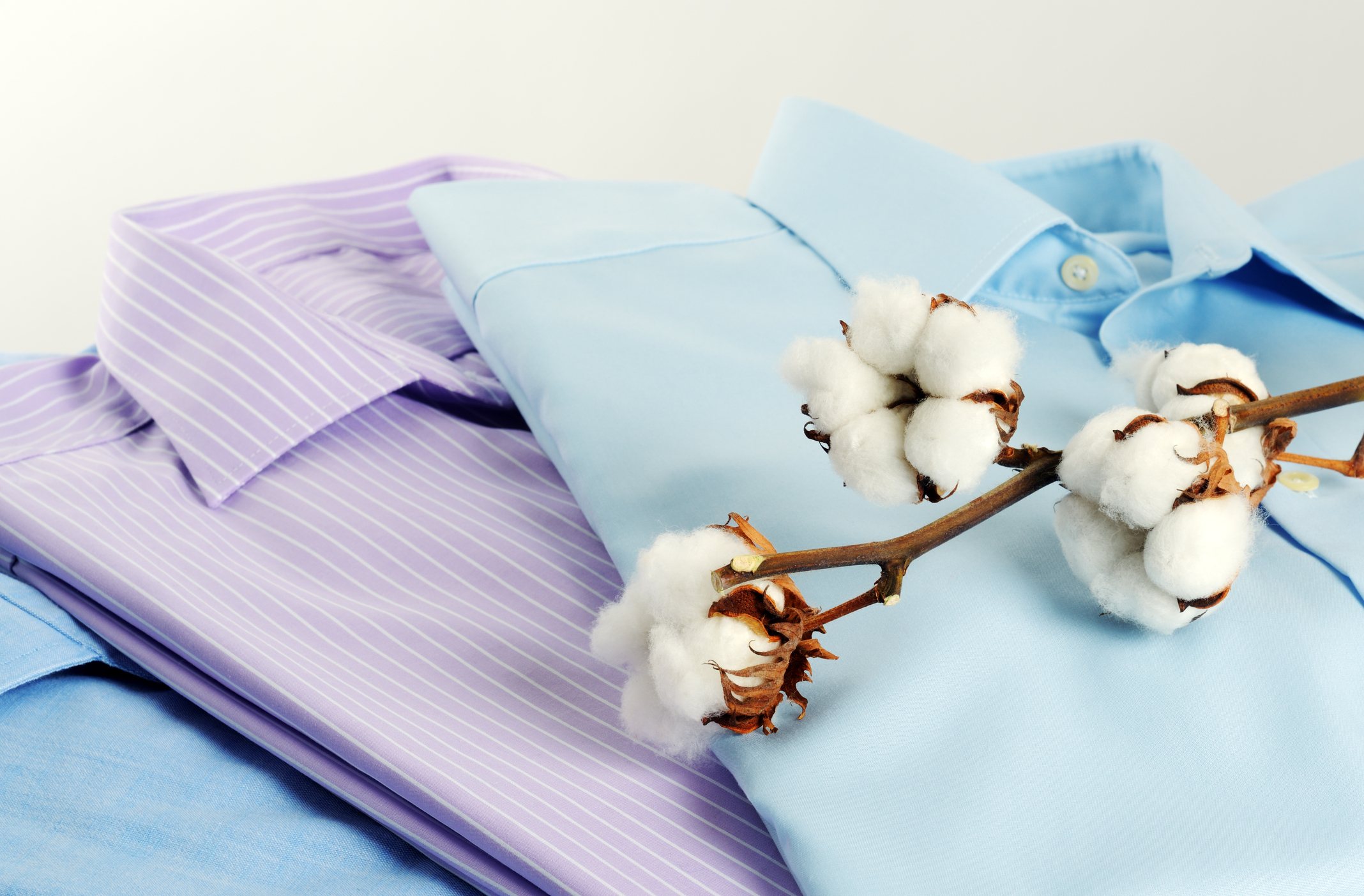Cotton has long been a preferred material for home and clothing textiles, offering significant advantages over synthetic fibers—particularly in terms of environmental impact and personal comfort. Researchers at Cotton Incorporated have been studying the effects of cotton, rayon and polyester fibers on the environment since 2010, shedding light on the growing issue of microplastic pollution.
Microplastics In the Environment
A significant concern with synthetic textiles is their contribution to microplastic pollution. Research indicates that textiles are responsible for 35% of the microplastics found in our oceans. These microplastics are shed during regular wear and washing of synthetic fabrics, leading to environmental contamination.
In contrast, natural fibers like cotton exhibit superior biodegradability. Studies have shown that microfibers from cotton fabrics biodegrade substantially in various environments. For instance, microfibers from a cotton T-shirt biodegrade 89% in wastewater, 77% in freshwater, and 49% in seawater within 40 days, in a study published in Marine Pollution Bulletin. In comparison, polyester microfibers show minimal biodegradation in the same conditions.
Personal Comfort and Health
Beyond environmental considerations, cotton offers personal health benefits. Cotton is naturally hypoallergenic, a water-loving and breathable fiber. It does not trap heat and pulls moisture away from the body. Beyond these benefits, using natural fibers for clothing and home textiles can reduce exposure to airborne microplastics.
Microplastics and nanoplastics are pervasive in the environment and have been detected in human bodies, according to a recent study in Nature Medicine. More studies are needed with larger cohorts to understand the role of microplastics and nanoplastics in neurological disorders or other human health effects. While avoiding microplastics entirely is challenging, choosing materials like cotton can help minimize exposure.
A recent European Bremen Cotton Exchange report explores the impact of plastic microfibers in textiles, their role in Lifecycle Assessments and Product Environmental Footprint. Cotton Incorporated funded the study, and although more research is needed to generalize the results to all people, the findings support the growing body of evidence demonstrating the benefits of cotton
Take Action
According to Cotton Incorporated’s Lifestyle Monitor™ 2024 survey, 70 percent of shoppers say they are looking for cotton or cotton blends. By choosing cotton for clothing and bedding, consumers can enhance comfort, durability, and environmental responsibility—helping to reduce the global impact of microplastic pollution.
Learn more about cotton’s benefits at Cotton Incorporated’s Lifestyle Monitor™.
